In this review, guest contributor and fellow astrophotographer Jordan Watke takes an in-depth look at the ultra wide angle Laowa 15mm f/2 FE Zero-D lens for full-frame E-mount Sony mirrorless cameras. This mid-range manual-focus lens is the fastest native 15mm lens for Sony E-mount. Let’s put it to the test for astrophotography.
Introduction
Wide-angle lenses are quite handy for landscape astrophotography. They allow the photographer to fill the frame with a single exposure rather than using panorama techniques, and they allow for longer exposures without significant star trailing. Here I share a variety of images I’ve captured with the ultra wide angle Laowa 15/2, from some of my favorite spots in Minnesota, to show the Lonely Speck readers what to expect with regards to its astrophotography performance.
About the Lens
The Laowa 15mm f/2 is a lens created and designed by Venus Optics, a relatively new (founded in 2013) optics company based in China. The primary focus of Venus Optics has been on high-quality manual focus lenses for a variety of mounts and camera options. Many of the lenses offered are not standard focal lengths, and often have unique specifications or designs which make Venus Optics stand out from the rest.
This brings us to the Laowa 15mm f/2 Zero-D. It’s notable as one of the fastest ultra wide angle lenses available for modern mirrorless cameras. There aren’t many ultra wide angle lenses as fast as this. The only other native Sony E-mount lens that’s faster than f/2.8 in the 16mm and shorter range is the Sigma 14mm f/1.8 Art, which costs nearly double the Laowa 15mm f/2 and is markedly larger and heavier (by almost 1.5 lbs).
The Laowa’s wide-open f/2.0 aperture and extra short 15mm focal length will hopefully result in bright, crisp images of the night sky. Both of those traits, at least on paper, should be a huge advantage for landscape astrophotography.
At a suggested price of $849.00 USD at release, the Laowa 15mm f/2 sits at a price point between cheaper Samyang/Rokinon lenses and more expensive Sigma, Sony or Zeiss lenses and seems like good bang for the buck. Let’s see how it actually handles shooting the night sky.
First Impressions
The Laowa 15mm f/2 is one of three ultra wide angle options from Venus Optics for full-frame Sony mirrorless cameras. This is a manual-focus-only lens. Autofocus isn’t necessary for astrophotography, but it’s a consideration if you’re planning to shoot more than just the night sky with your lens. Similar lenses that do offer autofocus include the Rokinon 14mm f/2.8 AF and the Sigma 14mm f/1.8 Art.
The Laowa 15mm f/2 offers a 110° angle of view and features 12 lens elements in 9 groups (2 aspherical, 3 low-dispersion). The lens has 7 slightly curved aperture blades for nice bokeh wide-open.
Note: a representative of Laowa has informed lonelyspeck.com that Laowa quietly changed the aperture design on the 15mm f/2 in 2019. All Laowa 15mm f/2 Zero-D lenses produced since 2019 have been changed to a 5-bladed aperture. From the Laowa representative:
“The number of aperture blades for all mounts [has] been standardized to 5 blades since 2019.
15mm f/2 Sony FE was [originally] 7 blades in the past, but… is 5 blades now. For other mounts, [it was] always 5 blades.
Laowa also informs us the new 5-bladed aperture has straight blades.
So depending on where you buy and how old their stock is, or if you buy used it may be a toss up as to whether you get a 5 or 7-bladed aperture.
The lens also offers a maximum magnification of 1:4 and a minimum focusing distance of only 15cm, which comes in handy for macro-type work. This means you can get extremely close to your subjects, essentially making this lens a pseudo-wide-angle macro.
One unfortunate omission from the lens is an electronic chip allowing for native EXIF data back to the camera. That means that the camera and RAW editors will not be able to automatically receive aperture data nor retrieve lens profiles automatically. There is, however, a downloadable lens profile on the Venus Optics website.
Laowa has designed the lens such that it does not suffer from much distortion, hence the “Zero-D” designation for “Zero-Distortion.” This makes it especially useful when shooting architecture, as resulting shots should retain straight lines. While this doesn’t have too much impact while shooting astrophotography, it’s worth mentioning.
The lens has a 72mm filter thread, which is impressive considering most ultra wide angle lenses have a bulbous front element which prohibits the use of screw-in filters. This gives the Laowa a notable competitive advantage over the Sigma 14mm f/1.8 Art, which requires a dedicated large square filter holder in order to use filters. I’ve personally used the Hoya Red Intensifier as a light pollution filter with this lens, which makes for a handy combo when shooting the night sky closer to a major city.
This lens is all metal and glass, with no plastic in sight. It weighs 500g, making it a pretty dense piece of gear, but it still balances well on Sony’s cameras due to its small size. Overall quality is top notch and feels nearly on-par with what I would expect from Zeiss. The level of quality is not what one would expect from an optics company founded in 2013, and Venus Optics deserves praise for what they’ve accomplished here.
The handling is excellent. The focus ring is large and well-dampened, and the aperture ring gives satisfying clicks, from f/2 to f/22. It’s notable that my copy’s infinity focus is perfectly centered with the infinity symbol, further proving that Venus Optics is serious about build and quality control. There’s a de-click switch located on the barrel of the lens, which is welcome to anyone interested in smooth aperture changes for video work. The lens also comes with a large metal petal-style hood, further accentuating the premium feel of this lens.
Image Quality and Aberrations
The Laowa 15mm f/2 provides excellent image quality across much of the frame wide open, and improves further the more you stop down, particularly in the corners.
When shooting astrophotography, we like to judge a lens less specifically for its overall sharpness and more for its corner aberration and coma performance. Certain types of optical defects or lens aberrations like coma and astigmatism can make for distracting-looking stars in the corners of an astrophoto. Coma can be a common problem on fast wide-angle lenses.
Upon inspecting some shots with the Laowa 15mm wide open, we see some coma at f/2 (see sample images below). It’s mostly only in the corners and only with large, bright stars. Stopping down to f/2.8 helps to clear it up a bit.
Using the Laowa 15mm f/2 for Astrophotography
I have used the Laowa 15mm on my Sony a7RII all over Minnesota in the past year as my go-to lens for astrophotography.
The above shot was taken at ISO 4000 for 25 seconds at f/2.8 from Tettegouche State Park in Minnesota. Mars was almost at opposition (nearly fully illuminated when viewed from Earth) and is visible as the orange star reflecting so brightly on the water.
The above shot was a shorter exposure to try to keep the scene even with the very bright cabin contrasting against the dark sky. The shorter exposure time allows better control over star trails from the ultra wide angle rectilinear projection.
This is a 3 shot vertical panorama, taken in landscape orientation. These frames were taken at f/2.8 for 25 seconds at ISO 3200.
Above is a stack of 8 images that I edited using Noise Reduction stacking via Starry Landscape Stacker. Shot at f/2, we can see that coma performance is not perfect, and some of the larger stars show some coma in the extreme corners.
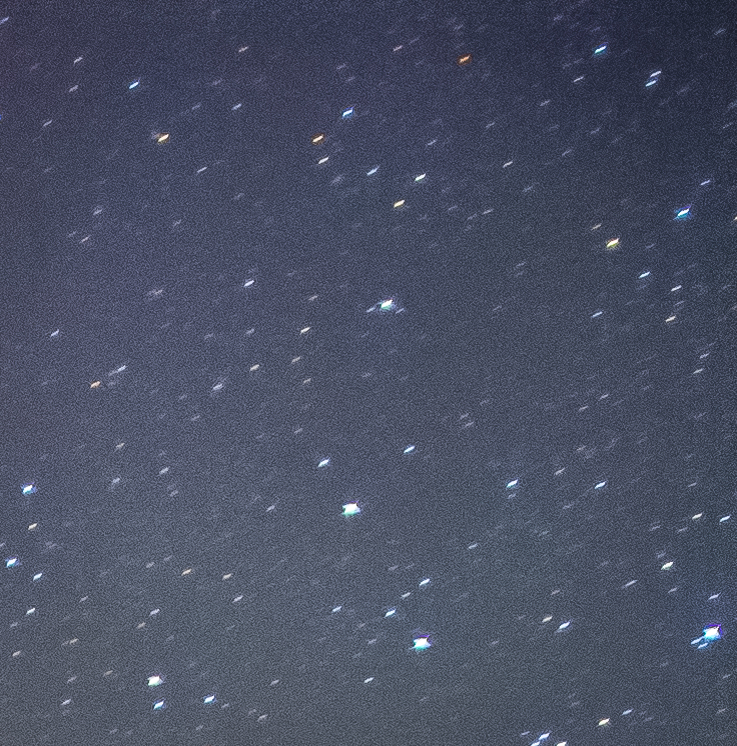
While not perfect, overall performance is rather respectable for such an extreme lens design since the aberration presents itself only in the extreme corners of the image.
This final shot is a blend of two exposures, one for the sky and one for the foreground. The sky exposure was taken with my standard settings: ISO 3200 at f/2.8 for 25 seconds. The foreground exposure was several minutes long, taken at a lower ISO and f/4 for added sharpness. Overall, the lens did a beautiful job at rendering the browns and oranges of the Milky Way as well as the intense airglow. All of this without much vignetting as well, most of which was added in post.
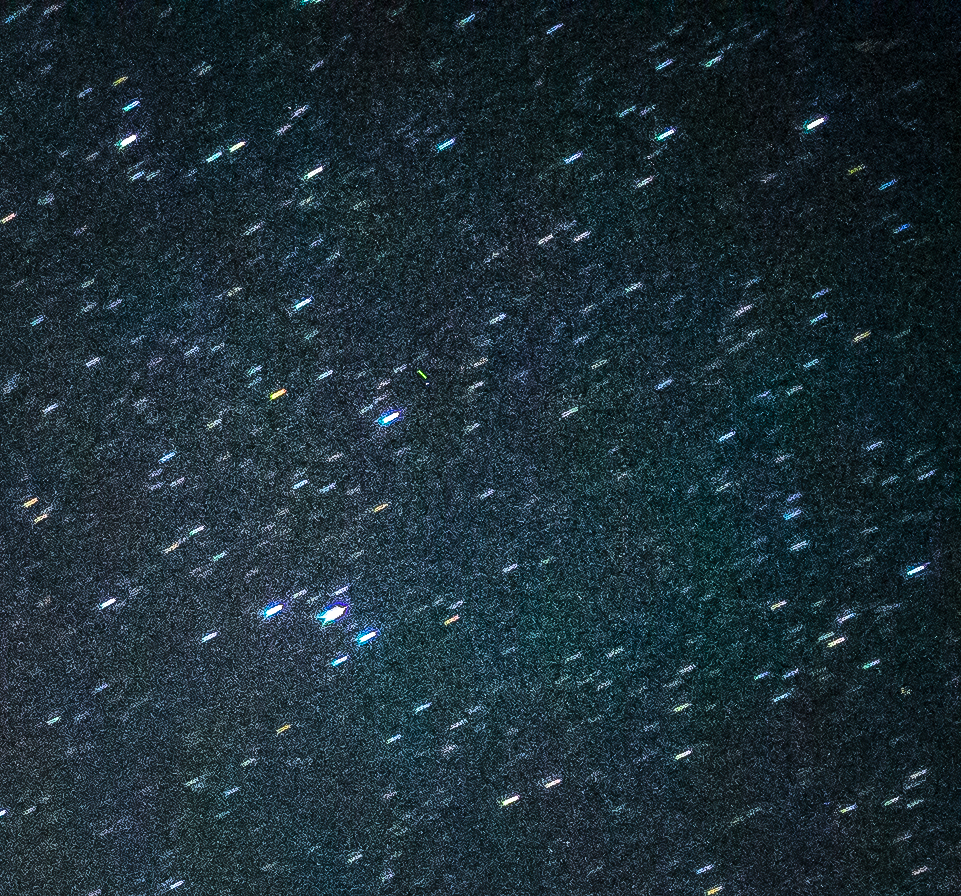
At f/2.8, the aberrations tighten up and become less apparent. There is still a little bit of coma just visible in the extreme corners, but it’s greatly reduced from what we get at f/2.
Note that even with a shutter time shorter than that suggested by the 500 Rule for a 15mm lens (which gives 33 seconds), this shot shows some star trails in the very corners due to the rectilinear projection, since the field of view is so large. I’m fine with the trade off of more star trails for more light. Visit Lonely Speck’s advanced exposure calculator tool to understand how to combat star trails.
Conclusions and Verdict
I purchased this lens in late 2017 hoping that it would both expand my kit into the ultra wide angle range as well as give me a good option for astrophotography. What I actually gained is so much more than that. While this lens is great for astrophotography, I wouldn’t only recommend it for that. This is a special lens with some really great optical properties and qualities that just don’t exist in typical lenses.
The extremely close minimum focus distance combined with the f/2 aperture can make for some extremely unique shots, and the extra low distortion makes it a very attractive lens for architecture or real estate photography. Sharpness is excellent, particularly stopped down and in the corners. There is very little to complain about with this lens, especially considering the rather aggressive price point for such a fast and compact ultra wide angle option. It’s truly a joy to use and has remained an indispensable part of my kit since I purchased it.
Laowa 15mm f/2 FE Zero-D Pros:
- Compact design takes advantage of mirrorless camera bodies
- High build quality
- Aperture de-click switch for video
- Unique close focus and depth of field capabilities
- Great sharpness, even wide open, and generally low levels of coma
- Manual focus design is a joy to use
- Circular 72mm filter thread
Laowa 15mm f/2 FE Zero-D Cons:
- No autofocus or auto aperture
- Not chipped for electronic communication to camera body
- Some coma and chromatic aberrations wide open and stopped to f/2.8
- Slight vignetting
- Ultra wide angle of view can result in star trails in corners
Laowa 15mm f/2 FE Zero-D Verdict: 4.75/5
Highly Recommended
Equipment Links
This is all of the equipment that I used for the Laowa 15mm f/2 astrophotography review:
All images in this review: Copyright © Jordan Watke, 2018. All rights reserved.
Thanks
Thanks so much to Jordan Watke for contributing this review. He’s a skilled landscape photographer and astrophotographer, and we’re so happy to have his insight and work displayed on Lonely Speck. For more from Jordan, you can follow him on Instagram and Facebook: Jordan Watke Photography.
If you’re interested in becoming a contributing writer for us, shoot us an email.
Learn Astrophotography
Astrophotography 101 is completely free for everyone. All of the lessons are available on the Lonely Speck Astrophotography 101 page for you to access at any time. Enter your email and whenever we post a new lesson you’ll receive it in your inbox. We won’t spam you and your email will stay secure. Furthermore, updates will be sent out only periodically, usually less than once per week.
Help us help you!
Believe it or not, Lonely Speck is my full-time job. It’s been an amazing experience for us to see a community develop around learning astrophotography and we’re so happy to be a small part of it. I have learned that amazing things happen when you ask for help so remember that we are always here for you. If you have any questions about photography or just want to share a story, contact us! If you find the articles here helpful, consider helping us out with a donation.
[button font_size=”16″ color=”#136e9f” text_color=”#ffffff” url=”https://www.paypal.com/cgi-bin/webscr?cmd=_donations&business=lonelyspeckblog%40gmail.com&item_name=These+tips+help+keep+lonelyspeck.com+running.¤cy_code=USD&source=url” target=”_blank”]Donate[/button]
Thanks so much for being a part of our astrophotography adventure.
-Ian
Disclosure
We are a participant in the Amazon Services LLC Associates Program, an affiliate advertising program designed to provide a means for us to earn fees by linking to amazon.com and affiliated sites. We are also a participant in the B&H Affiliate Program which also allows us to earn fees by linking to bhphotovideo.com.
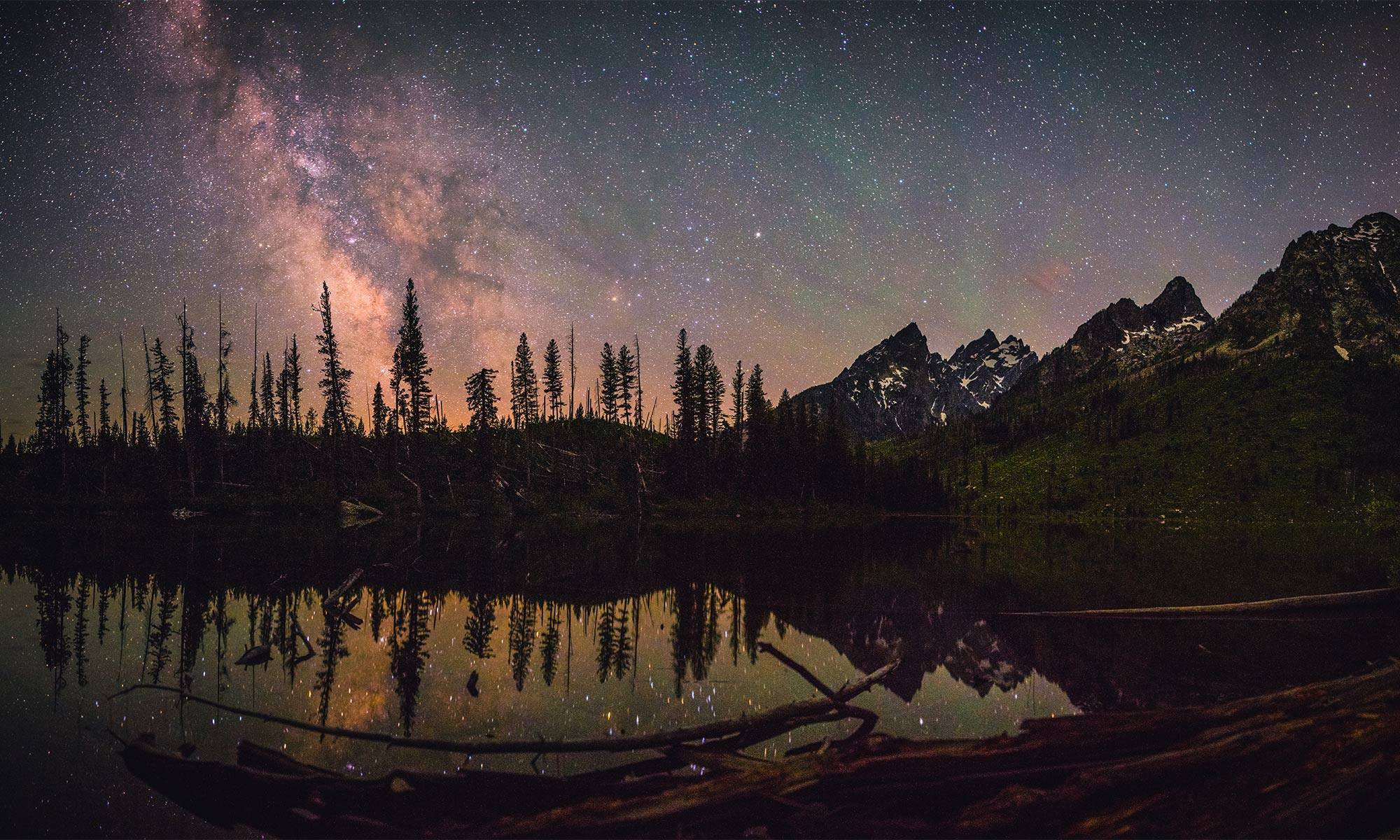
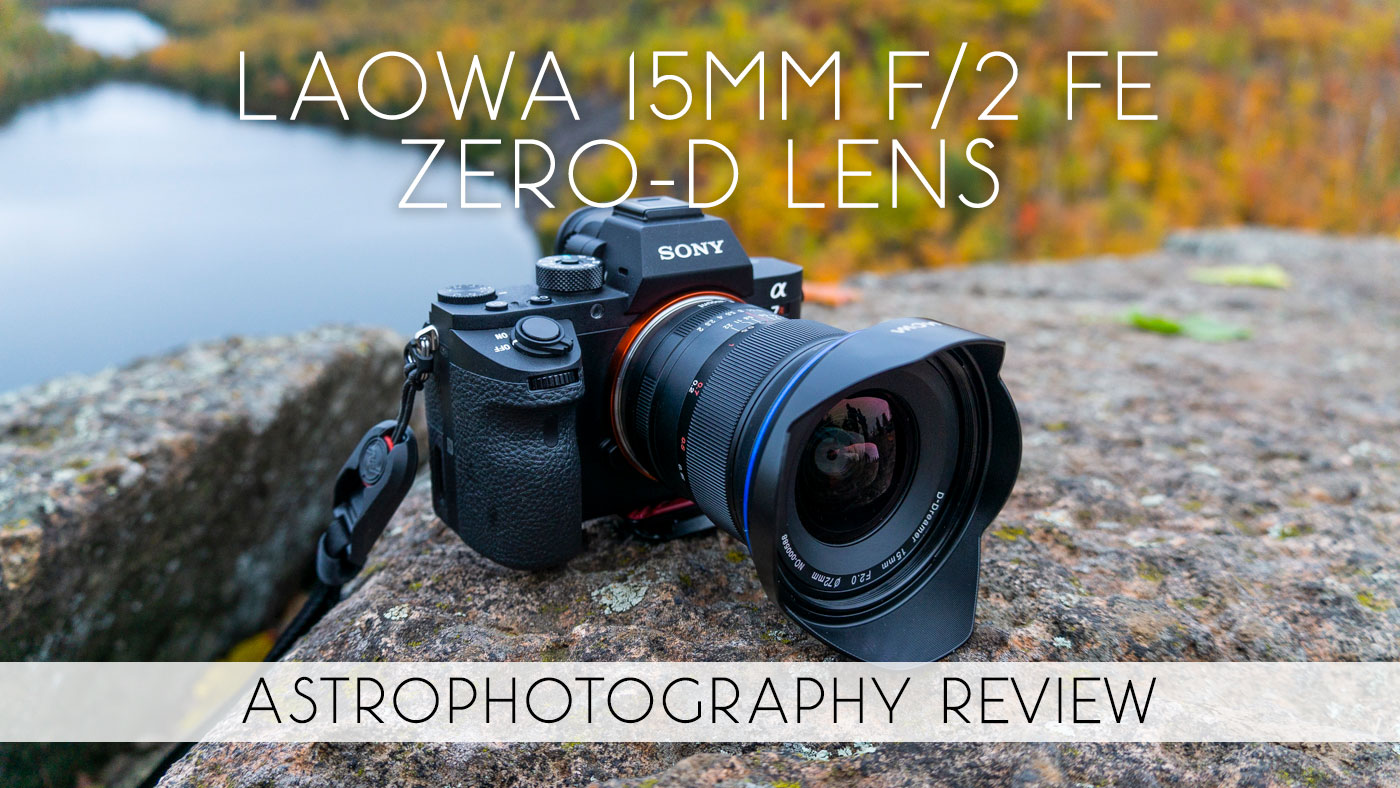
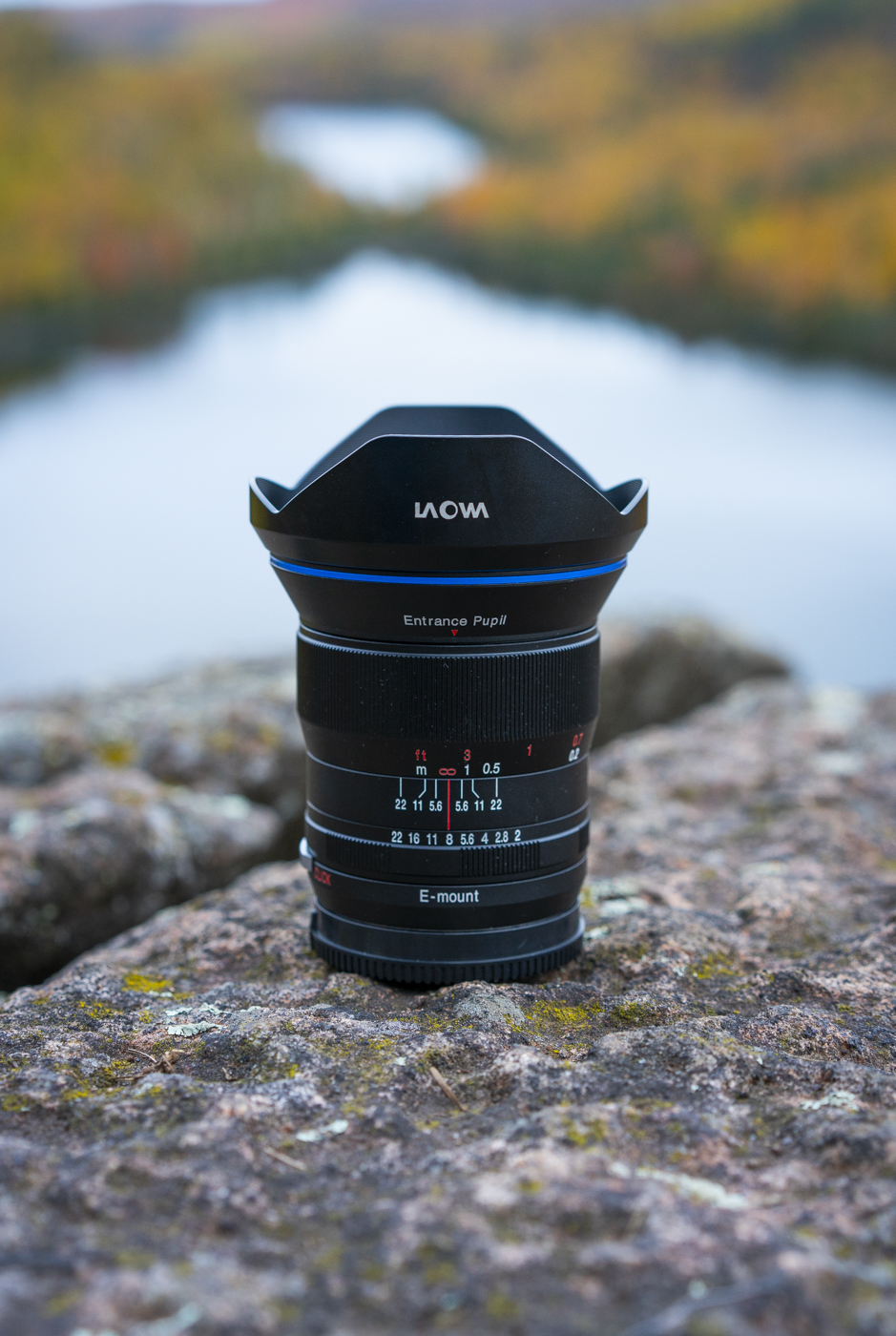
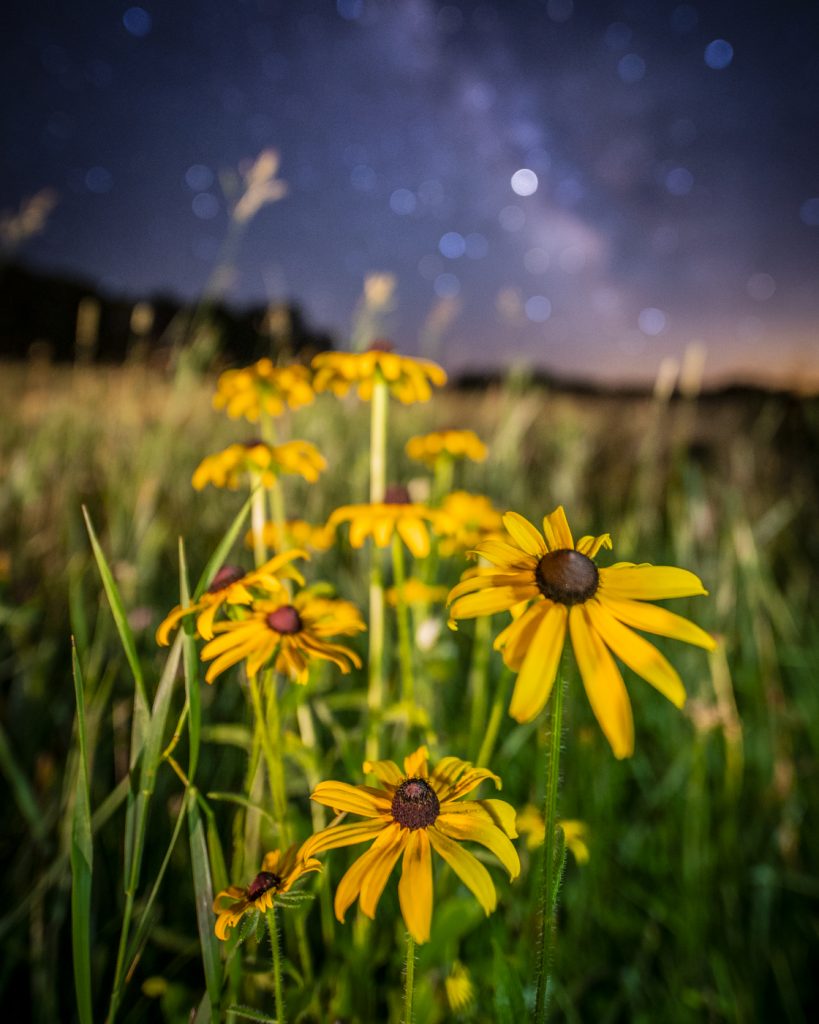
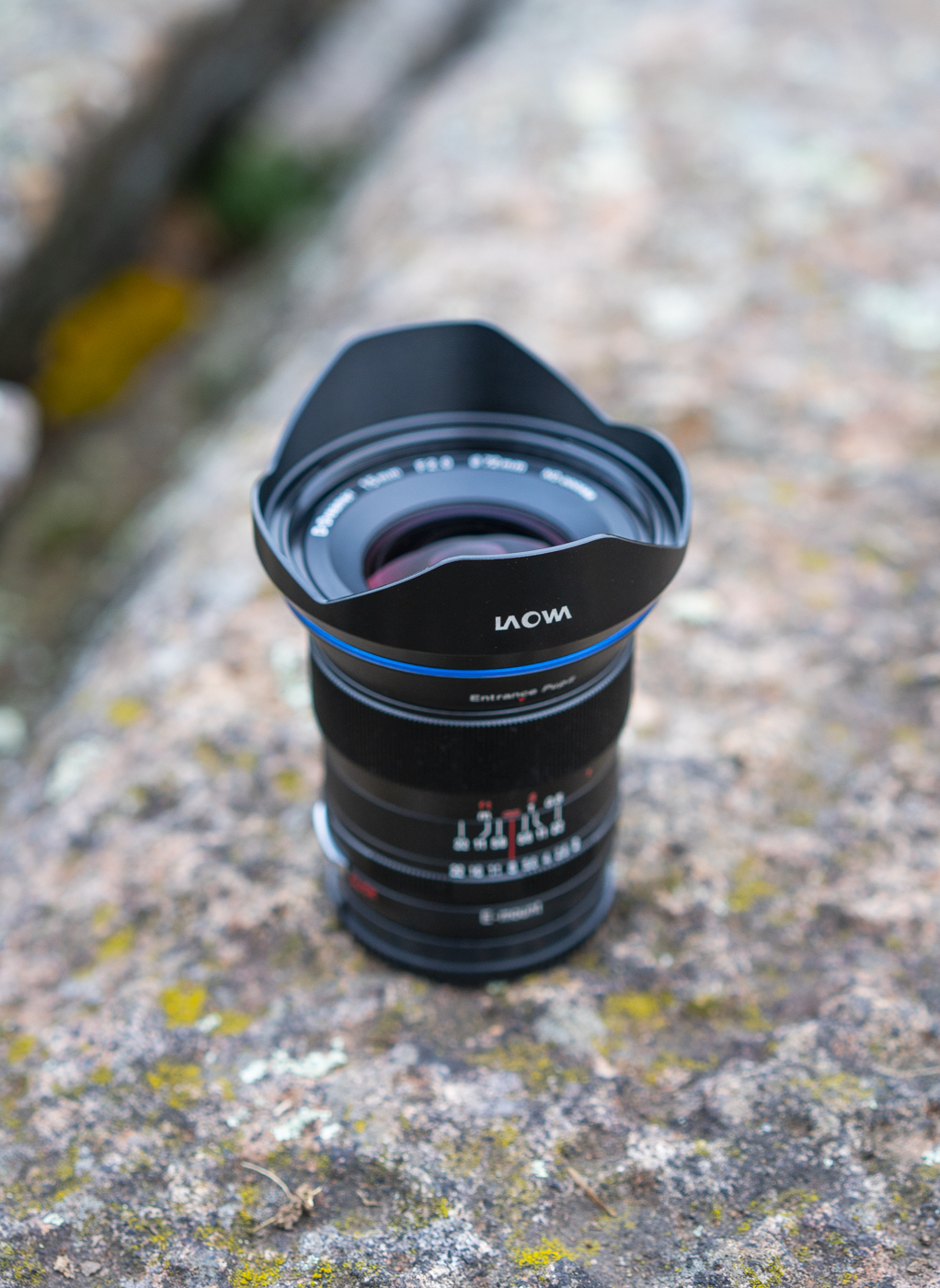
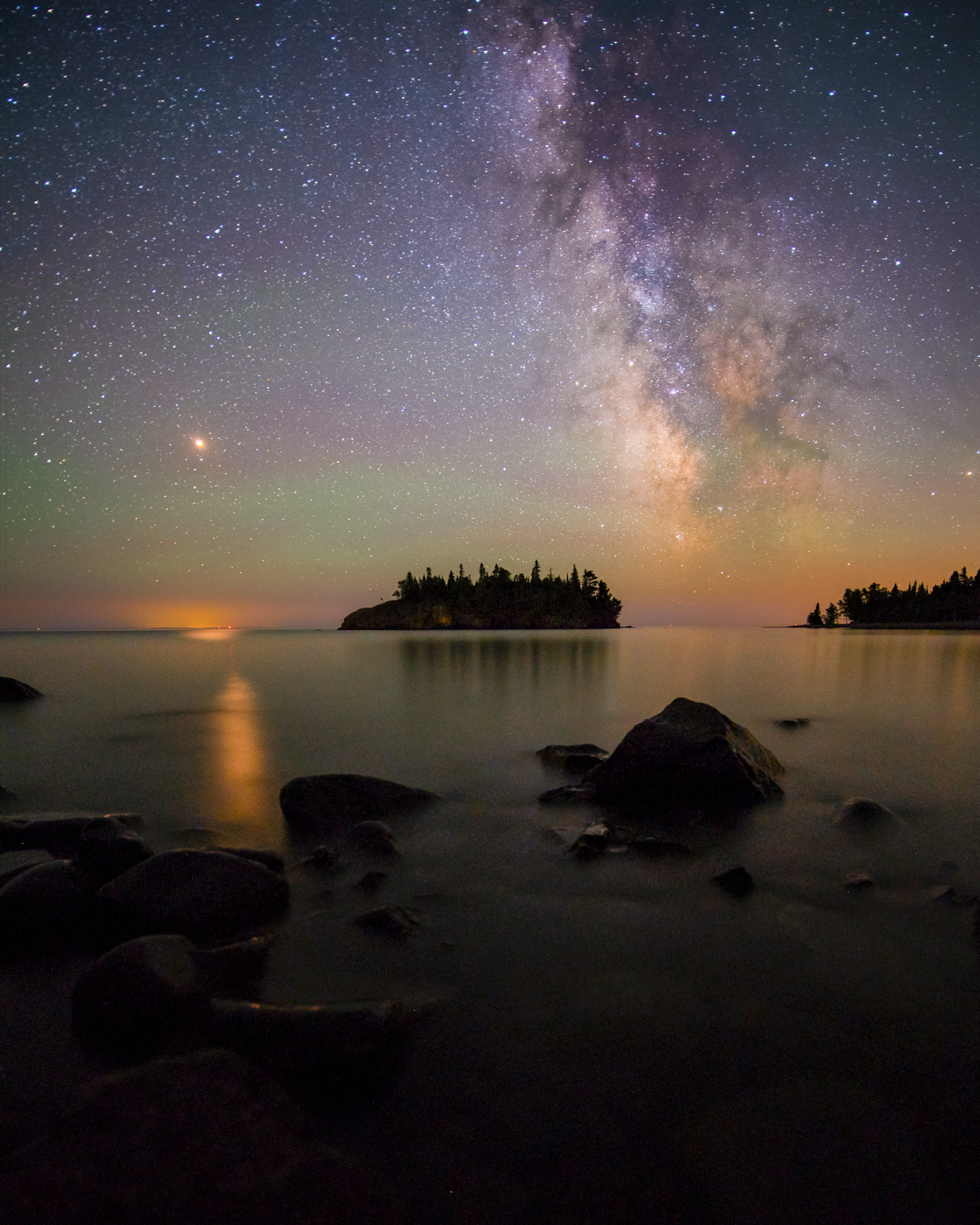
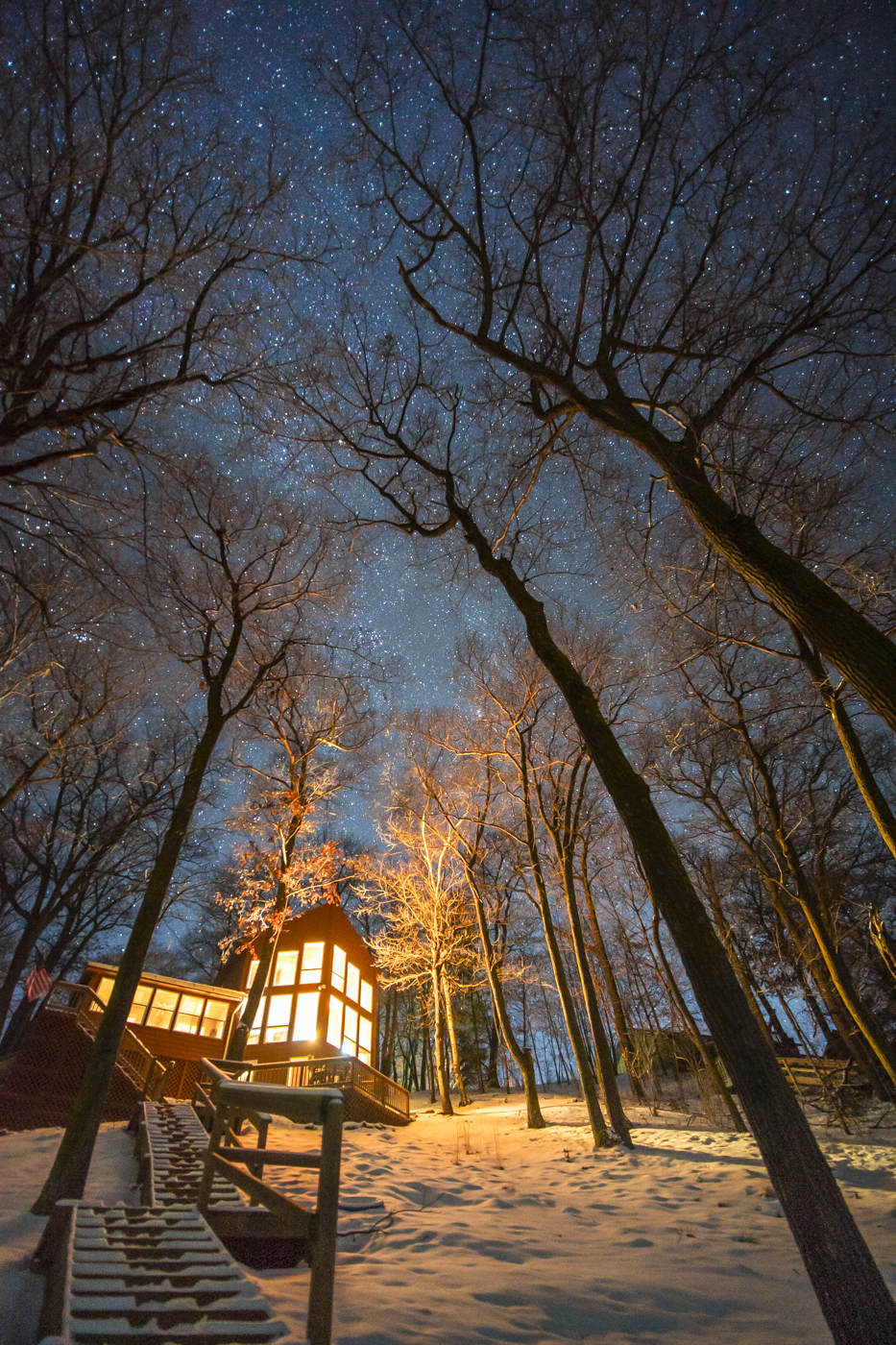
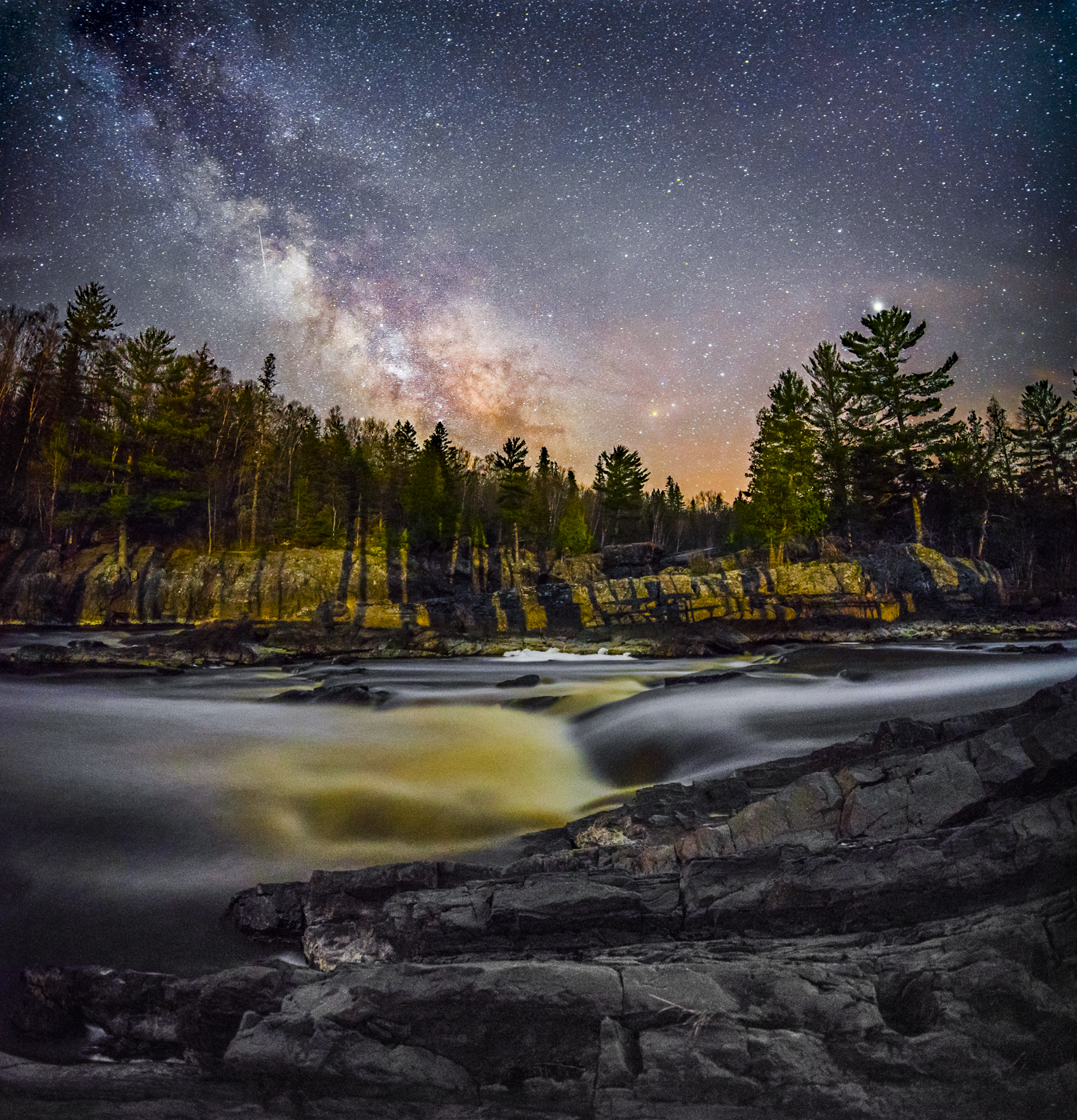
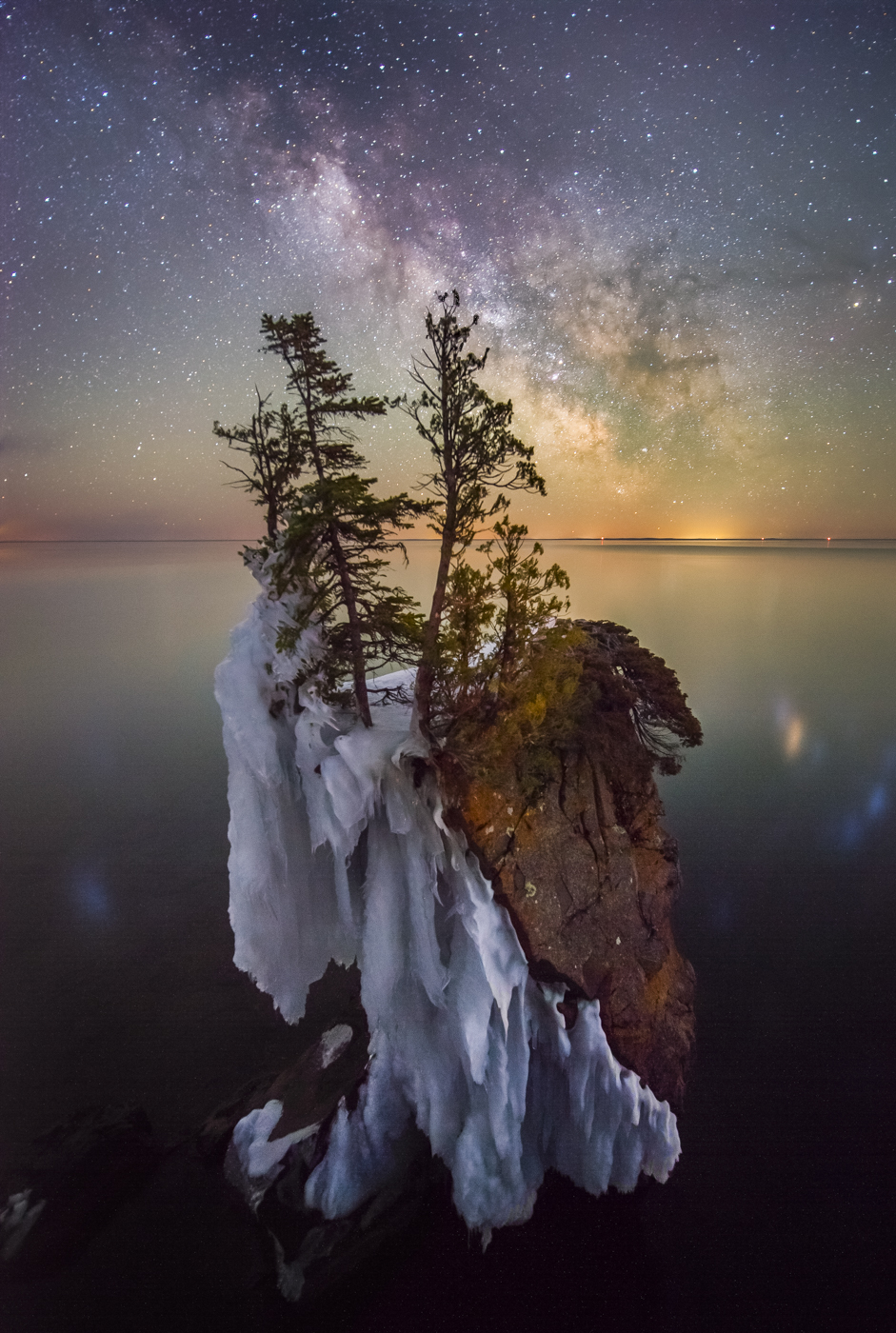
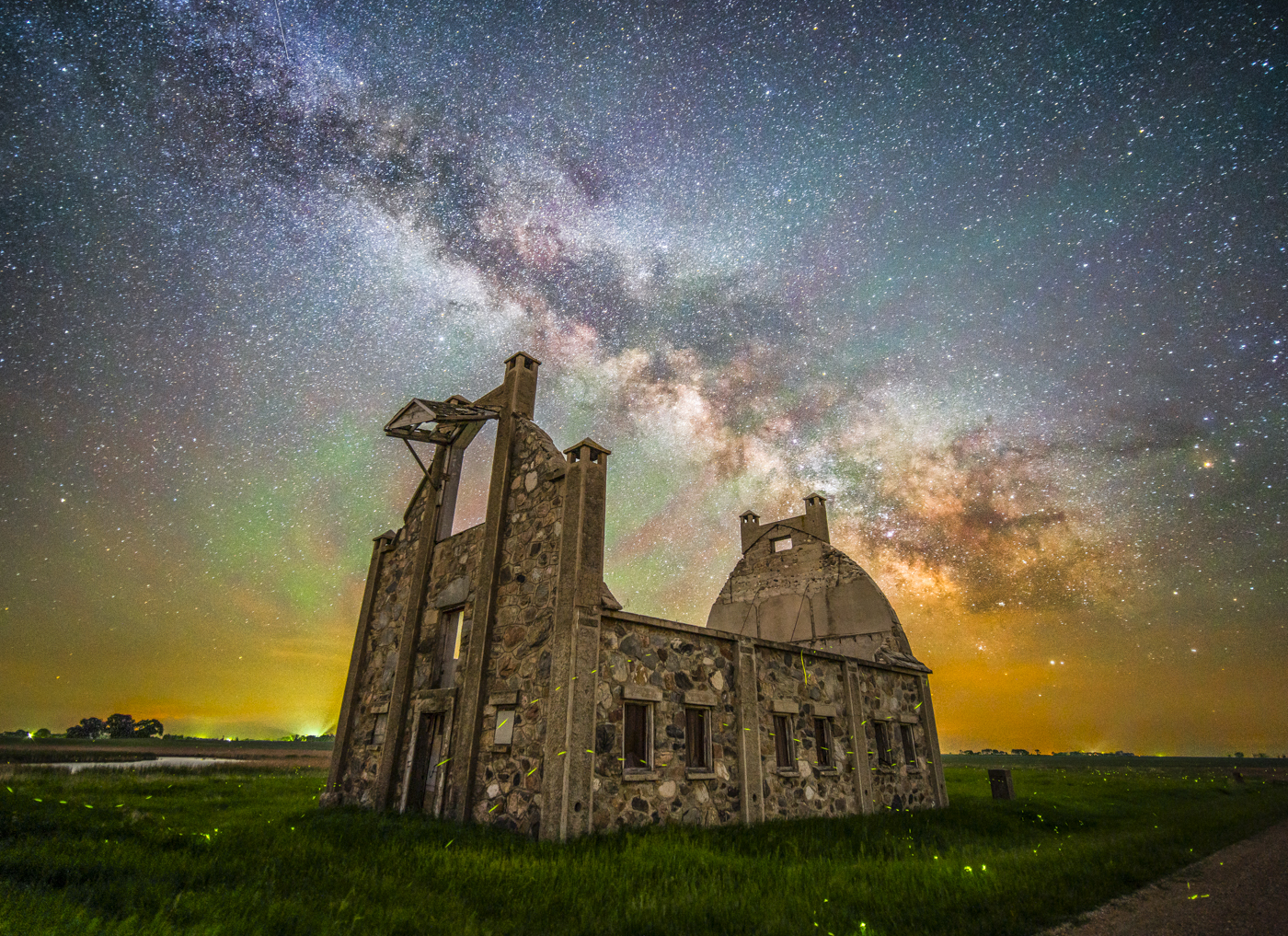
It appears that the lens is either quite soft or the exposure time is too long. Could you post an image at 10 or 15 seconds?
Your page is an inspiration. Congrats. One lens you may be interested in testing, specially for astrophotography , is the Samyang 14mm f2.4 XP.
Regards
Hi, I just purchased this lens used and it appears to be in good shape, but with quick initial testing I noticed that the lens appears to be darker than I expected. Again, it’s something I noticed while testing it against my Sony 85 f/1.8. I shot my room and it’s somewhat apparent that the image is darker with this lens compared to the other lens.
By chance did you notice anything like that? Is that normal? Or am I using it incorrectly? I had it set at f/2… but I will test it again more thoroughly during the day. Thanks.
I am thinking the what you call coma in your images is really star trailing. They are lines, not flying ducks. Your exposure time is a little long to not get star trailing for this 15 mm lens. I would have used 15 seconds max.
Thanks for the review.
On the brightest stars at f/2, it’s apparent that there is some sagittal stretching of the stars, independent of the star trailing.